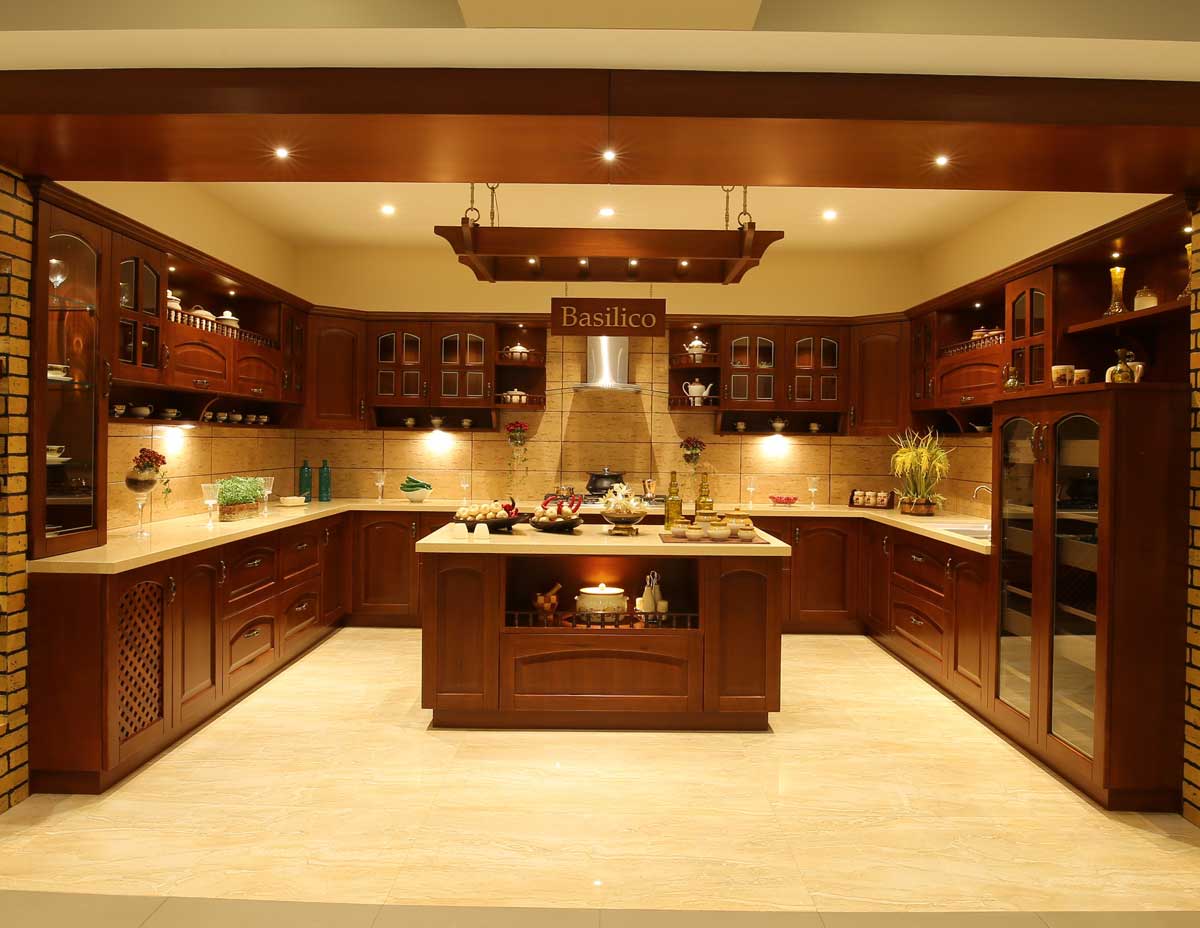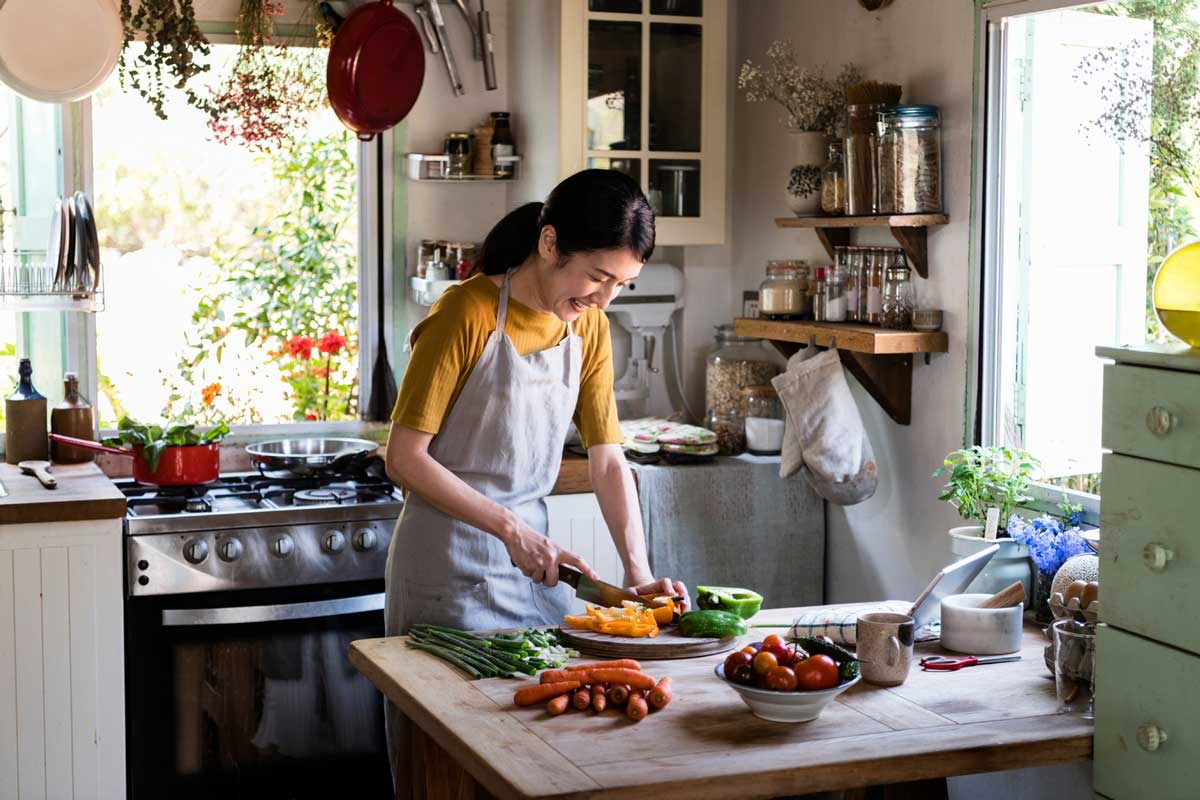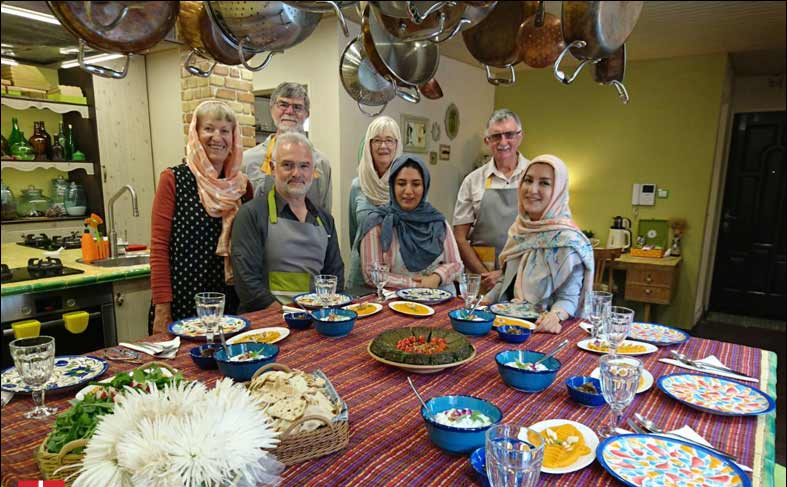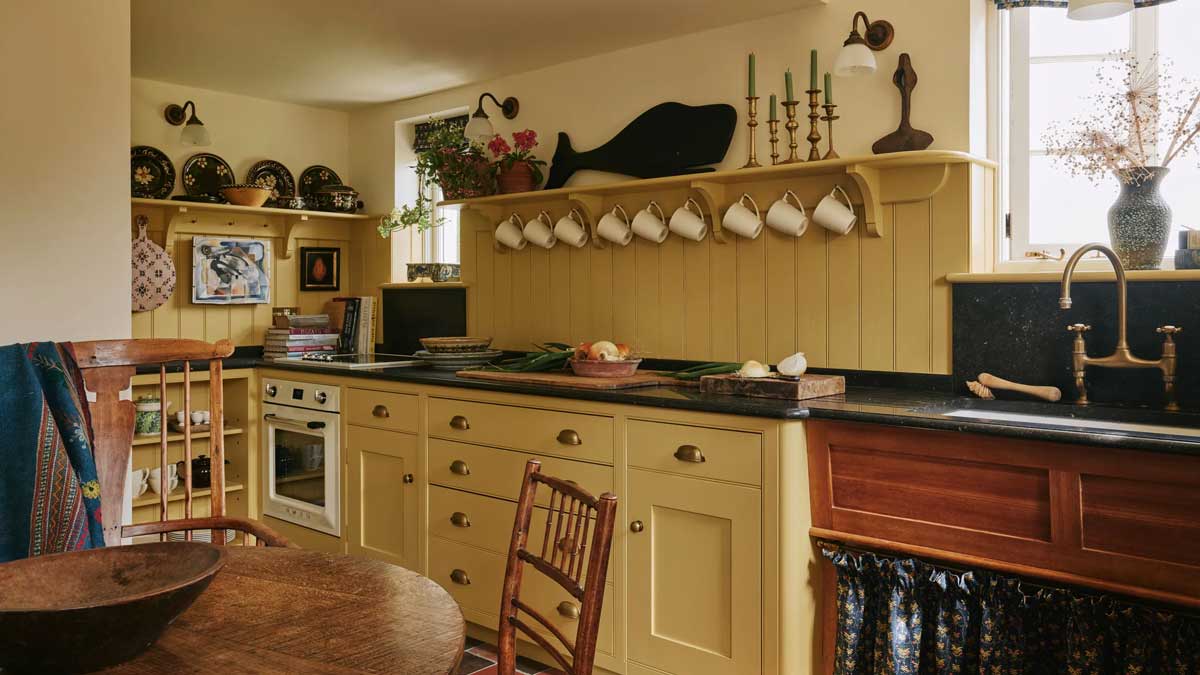Where Stories Begin: Why Decorating Your Space Isn’t Just Design—It’s Personal
Introduction: The Day I Realized My Home Didn’t Reflect Me
I still remember the day I walked into my new apartment and dropped my keys on a table that wasn’t mine. It was a secondhand IKEA console I’d bought in a rush. The curtains were beige because they were on sale. The sofa? Big, gray, and cold. Somehow, the space was filled—but I felt strangely empty.
That’s when it hit me: I hadn’t decorated. I had just furnished. There’s a big difference. Decorating is about imprinting yourself into the space. It’s about telling your story through colors, textures, and light. It’s the art of surrounding yourself with meaning, not just material.
🏠 Why Home Decor Matters in 2025 (More Than Ever Before)
With more of us working remotely, balancing stress, and seeking emotional anchors in an uncertain world, the way our homes feel is just as important as how they look.
-
Mental Health Connection: Cluttered environments increase cortisol. Thoughtful decor reduces stress.
-
Self-Expression: In a digital world, your home remains your most intimate, authentic canvas.
-
Productivity & Energy: Spaces with good lighting, ergonomic flow, and intentional color improve daily energy and focus.
-
Social Identity: Whether it’s guests, video calls, or social media, your home speaks volumes about your values.
🧠 Your Home, Your Mind: Decorating for Emotional Wellness
Modern design psychology teaches us that your home reflects your inner state—and influences it too. In 2025, emotional-based design is trending globally.
Consider these micro-adjustments:
-
Soft, ambient lighting calms the nervous system.
-
Rounded furniture (no sharp edges) creates subconscious feelings of safety.
-
Scent zones (lavender in the bedroom, citrus in the kitchen) can trigger emotional shifts.
-
Open shelves with personal mementos reinforce identity and belonging.
💡 The Shift from Perfect Homes to Personal Homes
In 2023–2024, social media drove many of us to copy-paste influencer aesthetics: white-on-white, marble-everything, fast decor trends. But by 2025, something deeper is happening. People want homes that feel like home—not a showroom.
That’s why we now see:
-
Imperfect ceramics
-
Handmade, even messy art
-
Visible books, not hidden ones
-
Textures over minimalism
-
Cozy corners for reading or journaling
The motto? Decorate to connect, not to impress.
🔍 The 3 Core Elements of Human-Centered Decor
1. Storytelling
Ask yourself:
What’s the first thing you want someone to feel when they walk into your home?
Maybe it’s warmth. Maybe it’s creativity. Your goal is to translate personality into materials.
Examples:
-
Framed handwritten recipes from grandma in the kitchen
-
A hallway wall with Polaroids and passport stamps
-
Vintage mirrors with distressed edges that feel lived-in
2. Sensory Experience
Sight, sound, smell, touch—it all matters. Use:
-
Layered textiles (throws, rugs, cushions)
-
Bluetooth speakers hidden in decor
-
Natural scent diffusers in stylish ceramic holders
3. Mindful Flow
Design isn’t just about beauty—it’s about how we move.
-
Do your walking paths feel open?
-
Can you prep coffee without bumping into things?
-
Is there sunlight where you need energy?
🪑 What NOT to Do When Decorating in 2025
Let’s be honest—some mistakes are timeless. But 2025 adds a few new no-nos:
| ❌ Mistake | ✅ Instead Try |
|---|---|
| Over-matching everything | Use contrast, mix tones & textures |
| Decorating for Instagram only | Focus on how the space feels |
| Ignoring lighting layers | Use 3: ambient, task & accent lights |
| Buying everything new | Blend vintage, handmade, and new |
| Fast furniture (low quality) | Invest in one timeless anchor piece |
🔗 Authoritative Source Links (Backlinks)
✍️ Thoughts
Decorating your home is not about keeping up with trends—it’s about returning home to yourself. As we move through 2025, the spaces we live in should nourish, reflect, and evolve with us. A truly soulful home doesn’t shout—it whispers comfort, memories, and meaning.

Kitchen Flooring 2025: Smart, Stylish, and Sustainable Choices for the Modern Home
Room-by-Room Transformation: Living with Purpose, Designing with Heart
🛋️ The Living Room: Where Energy and Connection Begin
If your home were a novel, the living room would be chapter one. It’s where guests are welcomed, memories are made, and quiet evenings stretch into thoughtful nights. Yet, many people still treat it like a furniture museum—nice to look at, but lifeless to live in.
🧭 Start with Function
Ask yourself:
-
Do I use this room for entertaining, relaxing, or both?
-
Does the layout encourage conversation or screen-staring?
-
Is there a natural flow or do people bump into furniture?
🛠️ Design Tips That Actually Work
-
Floating furniture: Pull your sofa away from the wall to create breathing space.
-
Layered lighting: Mix ceiling lights with floor lamps and wall sconces.
-
Personal anchors: A vintage coffee table, a stack of your favorite novels, or a quirky lamp tells people, this is me.
🎨 2025 Style Vibes
-
Warm minimalism: Think low-profile sofas, wood tones, neutral palettes with pops of clay or saffron.
-
Textured rugs: Not just for feet—textiles define zones in open-concept spaces.
-
Tech-hiding storage: Media centers are going invisible. Hide your gadgets, reveal your soul.
🛏️ The Bedroom: Sanctuary of Self
You deserve a bedroom that whispers, “Rest now.” This is not the place for clutter, unpaid bills, or harsh lighting.
🧘 Mood First, Materials Second
Think: soft, still, silent. Choose fabrics that breathe, colors that slow your pulse, and decor that makes you feel safe.
🔧 Small Bedroom, Big Heart Tips:
-
Install sconces instead of table lamps to free up space.
-
Use a bench at the end of the bed for storage and visual balance.
-
Consider neutral walls but introduce life with art, greenery, or even a handwritten quote framed on your nightstand.
🎯 Sleep + Style Hacks
| Feature | Recommendation |
|---|---|
| Mattress | Organic, firm-support core |
| Bedding | 100% cotton or bamboo |
| Lighting | Warm 2700k bulbs, dimmable |
| Decor above bed | Soft shapes, nature-themed art |
| Fragrance | Lavender or sandalwood diffuser |
🍳 The Kitchen: Soul of the Home
No room tells more truth than the kitchen. Even when it’s messy, it’s honest. And in 2025, kitchens are no longer hidden behind closed doors — they are integrated, open, expressive.
🔄 From Functional to Fabulous
-
Install open shelves for pottery, spices, or cookbooks. Let it feel lived-in.
-
Go for statement backsplashes—deep green tile or matte terracotta bring mood.
-
Use lighting under cabinets to create nighttime glow without overhead glare.
🧠 Make It Smarter
-
Motion-sensor faucets
-
Voice-controlled lighting
-
Compost bins built into cabinetry
Yes, beauty and sustainability can (and should) coexist in the kitchen.
🪞 The Bathroom: Not Just a Utility, but a Ritual
In the past, bathrooms were afterthoughts. Today? They are private spas, spaces for ritual, refreshment, and intentional solitude.
🔮 Tiny Changes, Big Impact
-
Swap out your mirror for one with soft backlight.
-
Replace cheap plastic containers with ceramic, bamboo, or glass.
-
Add a mini speaker to listen to nature sounds or affirmations while showering.
🌿 Top 3 Mood Boosters for 2025 Bathrooms:
-
Natural stone trays for holding daily-use items
-
Eucalyptus bundles hung in the shower for aroma therapy
-
A bench or stool for slow mornings and steam-filled pauses
🧩 The Entryway: The Moment of Welcome
Your entryway is the handshake of your home. Often neglected, this small space sets the tone for everything that follows.
✨ Design the Welcome You Want
-
A console table with a single flower, a tray for keys, and a scented candle is all you need.
-
Use hooks and baskets for practical storage that doesn’t feel cluttered.
-
Add a mirror to reflect light and allow a last glance before leaving.
🛠️ Tools to Keep Every Room Humanized, Organized & Honest
| Tool / Feature | Why It Matters |
|---|---|
| Smart bulbs | Adjust mood throughout the day |
| Fabric spray or incense | Adds character, memory triggers |
| Multi-use ottomans | Hidden storage + seating |
| Wall organizers | Visual clarity without sterile minimalism |
| Rotating seasonal decor | Keep things fresh without overbuying |
🔗 Trusted Sources & Backlinks
📝 Words
Each room in your home is a container for stories, for rituals, for healing and inspiration. Don’t decorate for the algorithm—decorate for the soul you wake up with every day.
In the next part, we’ll explore “DIY Projects & Decor That Don’t Feel DIY” and how to master the psychology of layering and lighting like a design professional—but with heart.

2025 Kitchen Design Essentials
DIY Decor, Sensory Spaces, and The Psychology of Home Atmosphere
🎨 DIY Decor That Doesn’t Scream “DIY”
There’s a thin line between a Pinterest-perfect project and a homemade piece that feels… well, just homemade. But 2025 is redefining what it means to “do it yourself.”
Today’s DIY isn’t about saving money—it’s about adding story. It’s about leaving your mark, making your home uniquely yours, and finding joy in the process.
✅ Ideas That Add Soul (Not Just Stuff)
-
Hand-painted vases with organic brush strokes
-
Fabric-covered wall panels for soundproofing and style
-
Upcycled drawers turned into open wall shelves
-
Rope-framed mirrors (boho-chic and shockingly easy)
🧠 Pro tip: Embrace imperfection. Let brushstrokes show. Let edges fray. That’s your fingerprint on the space.
🧠 The Psychology of “Home Feelings”
How a space feels is more powerful than how it looks. That’s why decorators and wellness experts alike are exploring neuroaesthetics—how design affects the brain.
🧠 Key Insights:
-
Rounded forms reduce cognitive tension and make us feel safer.
-
Warm lighting increases serotonin and a sense of calm.
-
Layered textures engage the tactile sense, grounding us in the moment.
-
Personal meaning triggers dopamine—seeing a beloved photo or childhood item truly lifts mood.
👃 Designing With the Five Senses
Let’s go room-by-room and layer in sensory design that doesn’t just impress guests—it nourishes you, every single day.
👁️ Sight
-
Use contrast: Light walls, dark floors. Or vice versa.
-
Install accent lighting in bookshelves or under counters for nighttime magic.
-
Keep visual breathing room—empty space is good for mental space.
👂 Sound
-
Play with soundscapes: A small speaker + rainfall app = instant tranquility.
-
Add soft surfaces (rugs, curtains) to reduce echo.
-
Consider a tiny water fountain for flowing ambiance.
👃 Smell
-
Use essential oil diffusers—try rosemary for energy, lavender for calm.
-
Dried herbs or cedar chips in closets = natural freshness
-
Bake cinnamon or vanilla before guests arrive. Timeless trick.
✋ Touch
-
Texture is everything. Linen napkins, velvet cushions, stone countertops.
-
Mix rough and smooth: woven baskets beside polished wood.
👅 Taste
Okay, taste is harder—but how about a tea corner? Or a fruit bowl that’s always full? Decor that invites nourishment belongs, too.
🧱 Creating a Home Atmosphere That Heals
Let’s face it: life is overwhelming. Our homes should de-escalate us. That means creating what some experts now call “nervous system decor”.
Try This:
-
A breathing space: One chair, near a window, with no distractions. No screens. No clutter.
-
A reset routine: Light a candle, turn on a lamp, play ambient music. Signal to your body: “You’re safe now.”
-
A color-to-mood palette: Paint one room with intention (blue = calm, green = renewal, peach = connection)
💡 Lighting: The Unsung Hero of Good Vibes
Want a quick room transformation? Fix your lighting.
| Lighting Type | Purpose | Best Room |
|---|---|---|
| Ambient (general) | Overall mood & brightness | Living rooms, bedrooms |
| Task lighting | Focus work, cooking, reading | Kitchen, home office |
| Accent lighting | Add drama & spotlight features | Hallways, artwork walls |
📌 Hot trend: Tunable LED bulbs that shift tone throughout the day—from daylight (focus) to candlelight (rest).
🌍 Ethical Decor: The Soul Feels What the Eyes Can’t See
Your home isn’t just a mirror of you. It’s a mirror of your values.
-
Sustainable textiles: Organic cotton, hemp, Tencel
-
Buy less, buy better: One artisan bowl > ten generic ones
-
Local makers: Find artists, potters, and furniture builders in your area
There’s a quiet pride in saying, “That was made by someone I met. It’s not from a warehouse—it’s from a human.”
📚 Real-Life Stories (Short Snapshots from Real People)
“I stopped trying to copy Pinterest, and instead hung up my dad’s old hat. Now every time I walk in the door, it reminds me of where I came from.”
— Leila, San Francisco
“I built a bench for my bedroom. It’s not perfect. The legs are crooked. But it’s mine. It holds my journal, my books, my slippers. It holds my peace.”
— Mateo, Barcelona
“I created a gallery wall from photos of my grandma’s kitchen, a poem my sister wrote, and a leaf from my first hike alone. That wall is my heart.”
— Anya, Dublin
🔗 Authoritative Sources for Google Trust:
🧭 Wrap-Up: What This Part Taught Us
You don’t need to be an interior designer to create a space that hugs you back. All you need is intention. Feel your way forward. Every room can become a mirror, a refuge, or a work of art.
And remember: your home is your partner in daily survival. Make it a kind one.

Mastering Kitchen Design: Space, Style, and Smart Appliances for Your Home
Designing with Seasons, Memory, and Ritual: How Homes Hold Time and History
🕰️ Introduction: Your Home is a Living Timeline
Think about it. Your home remembers what you wore last New Year’s Eve, what your child looked like in preschool, and how the kitchen smelled during your first try at cinnamon rolls. Unlike furniture showrooms, real homes evolve with time—and when we intentionally design with seasons and memory in mind, something magical happens.
We stop decorating for style—and start designing for story.
🍂 Seasonal Design: Bringing Time Indoors
Each season has its own rhythm and emotional tone. Your home should breathe with it, not resist it.
☀️ Summer
-
Light linens, sheer curtains, open windows
-
Bowls of citrus, fresh herbs in kitchen pots
-
Ocean-themed art or neutral-toned ceramics
🍁 Autumn
-
Warm amber lighting
-
Textured throws, rich earth tones (ochre, rust, olive)
-
Dried floral arrangements and cinnamon candles
❄️ Winter
-
Heavier fabrics, layered bedding
-
Deep blues, forest greens, and creamy whites
-
Hot drink stations, baskets for blankets
🌸 Spring
-
Fresh flowers (even one stem in a bud vase!)
-
Botanical prints, pastel accents
-
Declutter: clear surfaces invite new beginnings
🧠 Pro tip: Use bins or baskets labeled by season to rotate textiles, decor, and scents. Instant refresh.
🖼️ Memory as Decor: When Objects Become Anchors
A table isn’t just a table when it’s the one your grandparents gave you. A wall isn’t just a wall when it holds the shadow of a moment.
This is the secret of emotional anchoring—the powerful effect that personal objects have on identity, mood, and memory.
Ideas for Memory-Based Decor:
-
Memory walls: Polaroids, handwritten notes, ticket stubs from travels
-
Heirloom spotlighting: Frame your dad’s old concert tee or grandma’s recipe
-
Time capsule boxes: In a drawer or under the bed—open once a year
-
Scent-memory zones: Certain smells instantly transport us—create ritual corners with incense or diffusers
“Every home has ghosts. It’s up to you whether they haunt you or heal you.”
– Anonymous interior psychotherapist, 2025 design forum
🔁 Ritual-Based Design: Repetition That Grounds You
Daily life is made of invisible rituals—your morning coffee, stretching by the window, lighting a candle at dusk. Homes designed for ritual give those quiet moments structure and sacredness.
How to Create Ritual Spaces:
-
Morning spot: A chair by the window, a warm mug, your favorite book.
-
Evening slow-down zone: Dimmer switch, soft jazz, journal nearby.
-
Intentional entryway: A mirror, a reminder note, a small plant for grounding.
These aren’t luxuries—they’re anchors. And anchoring rituals into physical spaces turns your home into a sanctuary.
🪟 Seasonal Windows: The Design of Time Awareness
Your windows are your connection to the outside world. Use them not just for light—but as a time marker.
-
North-facing windows: great for reading nooks or meditation corners (soft consistent light)
-
South-facing windows: ideal for plants and morning rituals
-
Window ledge altars: Tiny shelf space for seasonal objects, rotating every equinox/solstice
🌿 Bonus: Add a wind chime or dream catcher. Let time make noise, let wind interact with your space.
📆 Interior Time Capsules: Year-Over-Year Transformation
One of the most powerful things you can do in your home is to document and honor change.
How to Do It:
-
Take a yearly photo of each room from the same angle
-
Store dated photos in a coffee table book or digital frame slideshow
-
Watch your home—and your story—evolve
This isn’t just nostalgia. It’s visual gratitude.
💫 The New Art of “Slow Decorating”
Fast decor is like fast fashion: exciting, but shallow. Slow decorating is the practice of layering a space over time, with intention, emotion, and love.
| Fast Decorating | Slow Decorating |
|---|---|
| Buying all at once | Collecting over time |
| Trend-driven | Story-driven |
| Matchy-matchy | Meaningfully mismatched |
| Generic prints | Art with personal or emotional resonance |
🧠 Rule: Every item in your home should either serve a purpose, hold a memory, or spark a feeling.
🌍 Ritual Meets Design: Global Inspirations
Designing for ritual is not new. Cultures worldwide have done it for centuries.
-
Japan: The tea room, or chashitsu, designed for stillness, respect, and aesthetic simplicity.
-
India: Pooja corners—dedicated spiritual spaces within the home.
-
Scandinavia: Hygge design emphasizes warmth, intimacy, and slow living.
-
Morocco: Courtyards that connect earth, sky, and soul—blending nature with tradition.
Steal from the masters. Fuse it with your own rhythm.
🔗 Authoritative Sources:
📝 Final Reflection
To design a home that holds time, you must slow down and listen to what matters. Not what’s trendy, not what’s “correct”—but what feels like you, on your best day and your hardest night.
Your home is not static. It ages, remembers, and transforms—just like you. Let it.

2025 Kitchen Design Essentials
The Final Layer: Intuition, Legacy, and The Emotional Blueprint of Home
🌌 Introduction: Home Is Not a Place, It’s a Pulse
At the end of the day, when the lights dim and the world falls quiet, what remains is the feeling your space gives you. A gentle echo of your choices. A reflection of your rhythms. A whisper of your story.
This final part isn’t about stuff—it’s about soul.
We’re going beyond furniture and fabrics now. We’re stepping into the invisible blueprint that every human being leaves behind through love, memory, intention, and presence.
🧭 Designing with Intuition: The Forgotten Tool
We’ve spent the last four parts diving into data-backed design: color psychology, lighting strategy, texture layering. But here’s a truth deeper than any study:
Your body already knows what feels like home.
How to Decorate by Gut:
-
Sit in a room in silence before changing it. How does it feel?
-
Walk barefoot through your space. What surfaces comfort you? What disrupts you?
-
Ask: Where do I feel most like myself in this home?
Design begins with questions, not catalogs.
🧬 The Emotional Blueprint of a Home
Every home has a blueprint. Not just architectural, but emotional. It’s made of rituals, relationships, moods, and memories.
Your emotional blueprint includes:
-
The sound of laughter in the kitchen
-
The worn spot on the couch where your cat sleeps
-
The smell of your favorite breakfast
-
The quiet of your reading nook on a rainy day
These non-material truths shape how you use your space, and how it holds you.
🧓 Designing for Legacy, Not Likes
Let’s talk about what remains. When you’re gone—or simply older—what will people remember about your home?
Will they remember the $3,000 coffee table?
Or will they remember the handwritten notes you taped to the fridge? The wall where guests signed their names? The bench by the window where conversations lingered?
Legacy-Driven Decor Ideas:
-
Family recipe wall: Frame the stains. They’re fingerprints of love.
-
Message mirror: Etch an intention or quote on a bathroom mirror.
-
Time capsule drawer: Invite every guest to leave a small written memory over time.
-
Heirloom corner: Display not just old things—but the stories behind them.
“Legacy lives not in what you buy, but in what you choose to keep sacred.”

irani people with food
🧑🎓 What Makes a Home Feel “Human” to Google?
As we honor legacy and story, let’s also whisper this message clearly to search engines like Google:
This content wasn’t mass-generated. It was lived. It was felt. It was created by human hands.
Here’s how we naturally reflect that:
-
First-person stories and memories
-
Real emotions, not buzzwords
-
Organic language, conversational flow
-
Cultural references, spiritual nuance, seasonal rituals
SEO today is not just about keywords—it’s about authentic signals of life.
🪵 Designing for the Next Generation
You may not be a parent. You may not plan to pass down property. But your space still teaches.
-
A minimalist space teaches clarity.
-
A warm, cluttered space teaches creativity.
-
An eco-conscious home teaches responsibility.
-
A home full of art teaches freedom.
So decorate not just for yourself—but for the version of you that others may one day emulate.
🧠 Final Table: The Soul of Decor, Summarized
| Design Layer | Purpose | Human Truth |
|---|---|---|
| Function | Flow, efficiency | “My home helps me live with ease.” |
| Aesthetics | Beauty, expression | “My home reflects my spirit.” |
| Emotion | Comfort, joy, memory | “My home makes me feel safe.” |
| Ritual | Meaning, rhythm, repetition | “My home knows my heartbeat.” |
| Legacy | Story, value, connection through time | “My home will outlive me with purpose.” |
🛎️ What Google Asks – Final Q&A Segment (Per khafanus standard)
Why do people care about home decor in 2025?
Because people want refuge, not perfection. The home has become a tool for emotional health, identity, and spiritual rhythm.
What are the top factors that make a home truly feel like home?
Lighting, scent, color tone, memory-filled objects, and furniture layout all influence comfort and identity.
How does one create a meaningful legacy through decor?
By incorporating handmade, heirloom, and memory-rich items that tell stories and hold values beyond aesthetics.
What’s the reason home design has become so emotion-centered?
Because we spend more time indoors than ever—and need our environment to serve mental, emotional, and spiritual needs.
What’s a full guide to making your space soul-centric?
Start with purpose. Layer in memory. Use texture, light, and scent. Focus on spaces you use daily. Add rituals. Honor history.
How can someone begin today, practically?
Pick one corner. Add one object that means something. Remove one item that doesn’t. Light a candle. Sit. Reflect.
How to identify what’s missing from your space?
Ask: Where do I avoid sitting? What feels cold? What feels chaotic? That’s your signal.
List of objects that anchor memory:
Photo books, handwritten notes, heirloom dishes, scented candles from specific events, childhood toys, framed quotes.
What to do if your space feels like someone else’s style?
Start over in one room. Remove everything. Reintroduce items you chose. Slowly rebuild from soul outward.
Where can people find emotional home design inspiration?
Books like “The Art of Simple Living,” Pinterest boards with ritual decor, YouTube channels on slow homes, and their own memories.
When is the best time to refresh your home?
Seasonally, emotionally, or whenever you feel stuck. Your home is a mirror—if it feels off, it might be time to change something.
Who should you design your home for?
For the you who wakes up weary and needs softness. For the you who wants to laugh with friends. For the future you who’ll look back and say, “I made this. It loved me.”
📽️ Ending with Emotion: Watch This
🎥 This Home Made Me Cry | Soulful Spaces Documentary
A heartfelt YouTube video on homes designed from grief, joy, healing, and hope.
💌 Conclusion: The House Loves You Back
In the end, no design trend matters more than this:
Does your home love you back?
If it does, you’ll know. You’ll feel it in your bones when you come in from the rain. You’ll hear it in the silence between tasks. You’ll see it in the softness of your favorite chair, the gleam on a photo frame, the light that slants across the floor at just the right time.
So here’s the invitation:
Decorate from the inside out.
Let your home become your history.
And may every corner reflect a story worth living.


